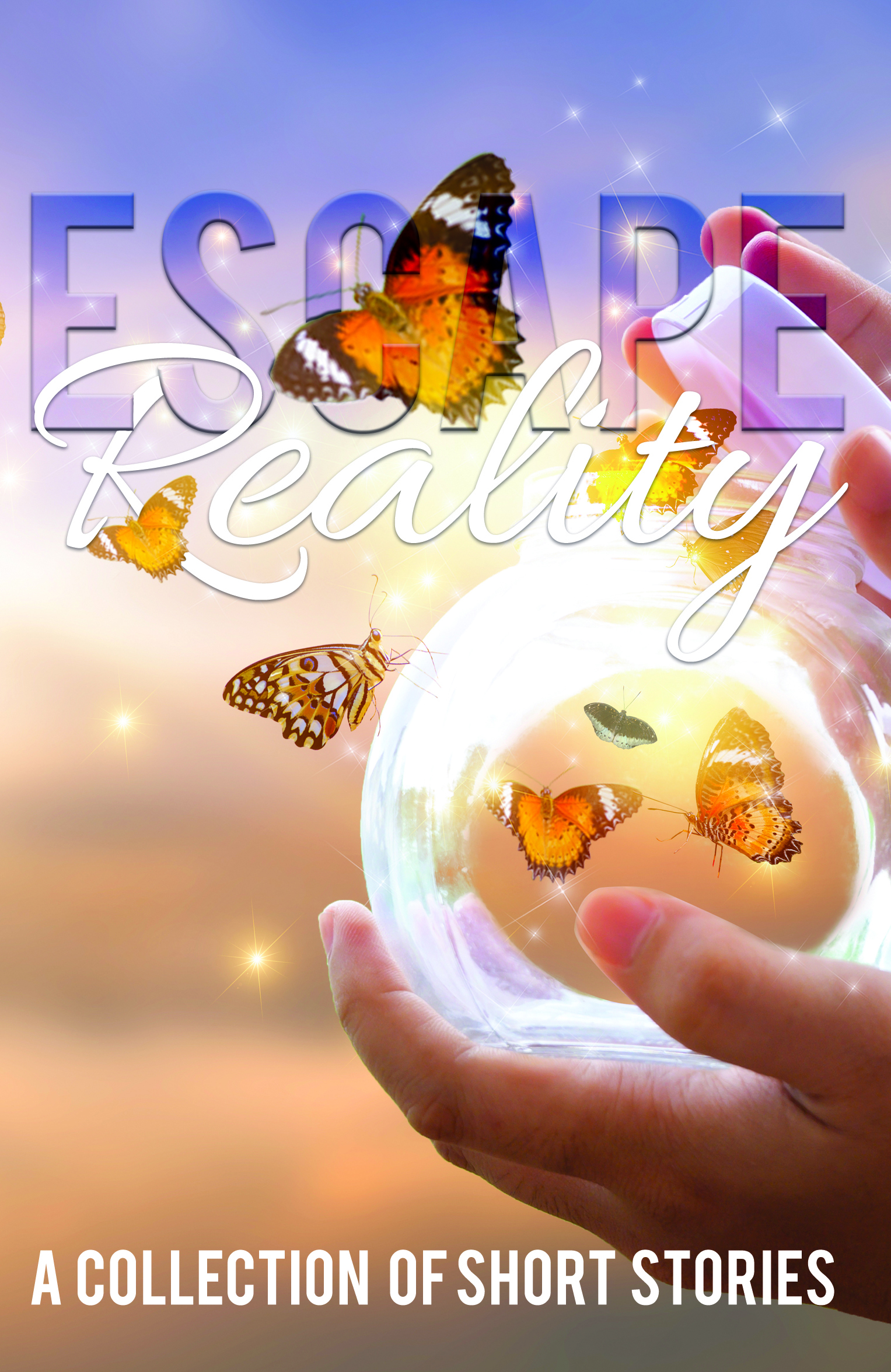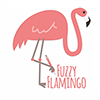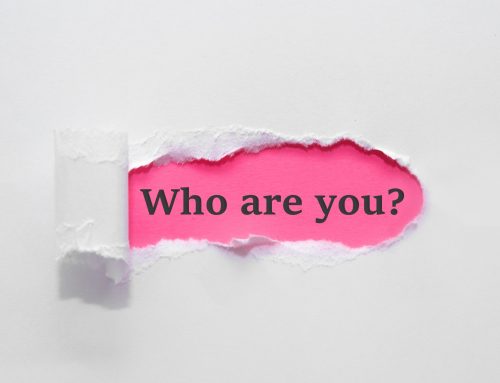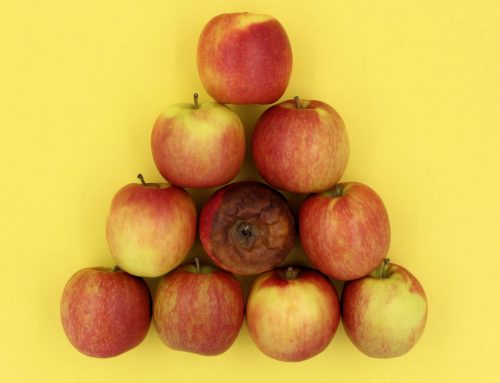Publishing Choices
You’ve written a book, the production is done (if you need help with cover design, typesetting and eBook formatting then get in touch: Contact Me) and you have a beautiful book ready and waiting to get out into the world. Now what?! There are a few different routes to becoming a published author (see To Traditionally Publish or to Self-Publish, that is the Question!) and one of the choices is to publish on Amazon’s KDP platform. So why choose this route? Here are a few reasons why it might suit you:
- You have a small budget and don’t want to shell out for printing up front. Do bear in mind, though, that the print cost for this method of printing is the highest per book (book printing is generally a scale of economy: the more copies you print, the lower the unit cost) and so you’ll need to factor this into the cover price you set. More on this below.
- You want to reach a wide audience. Amazon allows your book to be printed and shipped in many different countries.
- You want your book to get to market quickly. This was my reason for using KDP for ‘Escape Reality’ (a collection of short stories by 22 female authors: Escape Reality) because the majority of printers and distributors weren’t available during lockdown.
If you choose Amazon then there are a number of things you can do to improve how well you do in their rankings, possibly even hitting that sweet number one spot.

Writing a good book description
The blurb on the back of a book, or in the description part of a selling site, is not often treated with as much gravitas as it deserves. It is a very important part of the writing process, as it is a key tool to entice people to buy your book. The most important jobs of the blurb are to give people a sense of what the book is like and to leave them wanting to read more. Do your research within your genre: look at books that are similar to yours and selling well, and see how their blurb reads. Start with a great line to draw them in, describe a key event in the book and leave them on a cliff-hanger. This works well for both fiction and non-fiction. A great article to read for advice on this subject is here: How to Write a Blurb that Sells
Choosing the right categories
The most important thing you can do during the set up of your book data is to assign the best categories to it. Although they need to be relevant to your book, niche down as far as you can. The lower the number of books in your category, the better your chances of rising high in the bestseller list. For example, for my first short story collection (written by 22 female authors writing various genres to provide a positive distraction in difficult times) I could have just chosen ‘anthologies’. However, there are lots of different genres in the book, one of which was ‘fantasy’, which was a relatively small category in Amazon meaning the eBook got to number one in the ‘hot new releases’ for that category, and the paperback got to the top 10 (Escape Reality on Amazon). It is easier to niche down further with a non-fiction book than a novel, as the fiction categories are much broader. This means it is relatively easier to get to number one bestseller with a non-fiction book, but with the right strategies it is possible for both.
Keywords help your visibility
Choosing your keywords is like using the right hashtags on Instagram; i.e. it’s a way for people to find your book when they don’t even know they’re looking for it! Amazon allows you to choose 7 keywords, so you need to make them count. Do your research: what would your ideal reader be looking for if they were browsing for a book? Your book title, subtitles, authors and categories are already searchable, so make sure not to repeat them in the keywords as that is a waste. There are various platforms out there to help you choose keywords, or you can do your own research and ask your readers directly for help: post out on social media asking your potential readers the kind of books they search for, or ask your reviewers how they’d describe your book in 10 words.
Set a good price
Again, research here is key. You can generally charge more for non-fiction than fiction because it is generally viewed that a reader is happy to pay for ‘expertise’ in a non-fiction subject and time taken to research into writing non-fiction needs to be taken into account. With fiction it is generally not advisable to break the £10, so ideally keep your book at £9.99 or lower. Most novels tend to be priced between £6.99 and £9.99, but you need to take into account both the print cost that will be taken from the cover price, as well as the royalty Amazon will take.
It is a bit more flexible with eBook pricing. It is common to see an eBook priced at between 40 and 60% of the paperback price. So for a £9.99 paperback you’d see the eBook priced at £3.99 to £5.99. There are ways to promote your eBook when you release it to increase your rankings, however. A price drop is one way to do this, as it generates a need to purchase your eBook within a small time-frame. Rankings are based on sales with one day, so you need your marketing push to focus on one day in order to get as high as possible in the rankings. If you opt for their KDP Select programme then you’re not going to be able to set your eBook price lower than they allow (usually around the £1.80 mark). If you opt out of this programme, however, then you can set your price at 99p for the day of your big push before increasing it to the normal price.
This does depend on the purpose of publishing your book, though. If you want to make the most money you can from your book then a price drop might not be the way to go. The purpose of my book wasn’t to make money; it was to reach as many people as possible to make a positive difference. Therefore, after the initial price drop I decided to keep it at 99p in order to make it accessible to as many people as possible (Escape Reality on Amazon).

Marketing your book release
I will stress here that the key to doing well with your marketing push in terms of the rankings on Amazon after you have followed the steps above is to have patience! It is very tempting to shout from the rooftops, “My book is live on Amazon, buy buy buy!!” However, if you do this too soon then your categories might not be showing yet, and you’ll not be able to see your rankings until much later in the process. Here are my top 3 tips on marketing your book release on Amazon:
- Be vague about the release day, or give yourself at least 3 days after uploading your files to KDP and pressing ‘publish’ before your publicised release date. Saying ‘coming next week’ or ‘coming soon’ in the run up is perfectly acceptable and gives you the opportunity to change the release date if something isn’t right.
- Upload your files in advance of your intended release date. It can take Amazon up to 36 hours to process your book before making it live, then it can take some time once it’s live to show which categories have been assigned. Once the categories are there check that they’re the ones you’ve selected, as often they’re not right. If they aren’t then get in touch with Amazon via the contact tab in the bookshelf and ask them to change your categories. If you’ve given yourself a few days’ grace then it’s less stressful trying to fix any issues.
- When the book is live and your categories are right then it’s time to go for it with the marketing. Promote it on all your platforms, encourage family and friends to post about it on their platforms and make sure to include the call to action (to buy the book, and include the link in the post or the comments) in every post. The more people talking about your book, the more interest generated and the better your chances.
Celebrate your wins
No matter how your book does in the rankings, celebrate your success of becoming a published author. There’s no feeling like it, and the adrenaline on book release day is crazy! When my 22 authors (including me) hit that number one spot in hot new releases we were absolutely elated, so lots of bubbly corks were popping.
Remember that people buy from people, so when you’re marketing your book make sure to tell your readers why you wrote it and how much it means to you. Going live on social media platforms such as Facebook and Instagram are great for conveying this throughout your release day, as well as having a better reach. If you make the posts public too (if you’re comfortable with strangers being able to see your posts) then more people can share them and you can reach a wider audience.
Get in touch
If you’re currently writing or planning a book then do feel free to have a chat with me about the ins and outs of producing and publishing a beautiful book. I’m always happy to chat, so use the contact form, email HERE or find me on Facebook and Instagram.







